When I stepped onto the island in the middle of Chiemsee Lake, Herrenchiemsee New Palace stood right in front of me—King Ludwig II’s wild tribute to the Palace of Versailles. He built it as a “Temple of Fame” for the Sun King, Louis XIV. This Bavarian masterpiece sits on Herreninsel, surrounded by water and forests that feel a world away from the nearby bustle.
The palace grounds and grand halls really show Ludwig II’s admiration for French royalty. Getting there felt like part of the adventure; an easy train ride from Munich and a quick ferry across Chiemsee made the trip surprisingly simple and a little bit magical.
If you love history, royal architecture, or just want a different kind of Bavarian escape, you should add this palace to your travel list. There’s something special about wandering King Ludwig’s “Bavarian Versailles,” surrounded by water, trees, and centuries of stories.
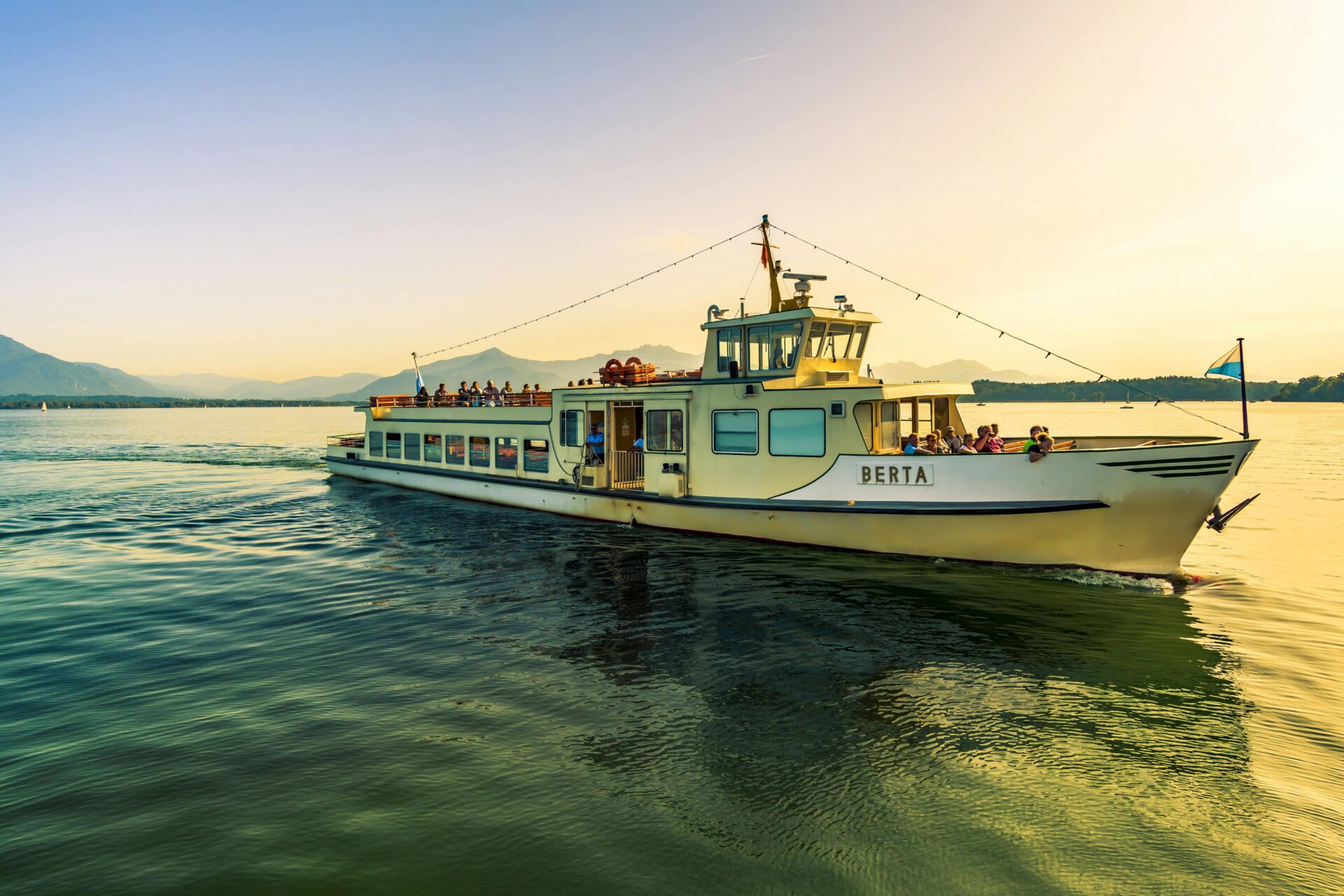
History of Herrenchiemsee New Palace
Herrenchiemsee New Palace mixes royal ambition, French inspiration, and Bavarian flair. Built right on an island in Chiemsee Lake, its story centers on King Ludwig II’s hunger for grandeur and his obsession with Versailles.
King Ludwig II’s Vision and Inspiration
King Ludwig II of Bavaria couldn’t get enough of the splendor of Versailles. Growing up in Bavaria, he dreamed of his own retreat, somewhere far from Munich and the noise of politics. For Ludwig, Versailles meant absolute power and artistic genius.
He bought Herreninsel, this island on Chiemsee Lake, and started planning Herrenchiemsee as his personal Versailles. Ludwig wanted every corner to echo the French palace—from the grand halls to the staircases dripping with decoration. He picked Georg von Dollmann as his architect, even sending him to Versailles to study the details.
As I wandered through the palace, I really felt how much he loved French culture. The place balances Baroque drama with a dreamy, fairy-tale vibe. It’s different from his other castles, like Neuschwanstein and Linderhof.
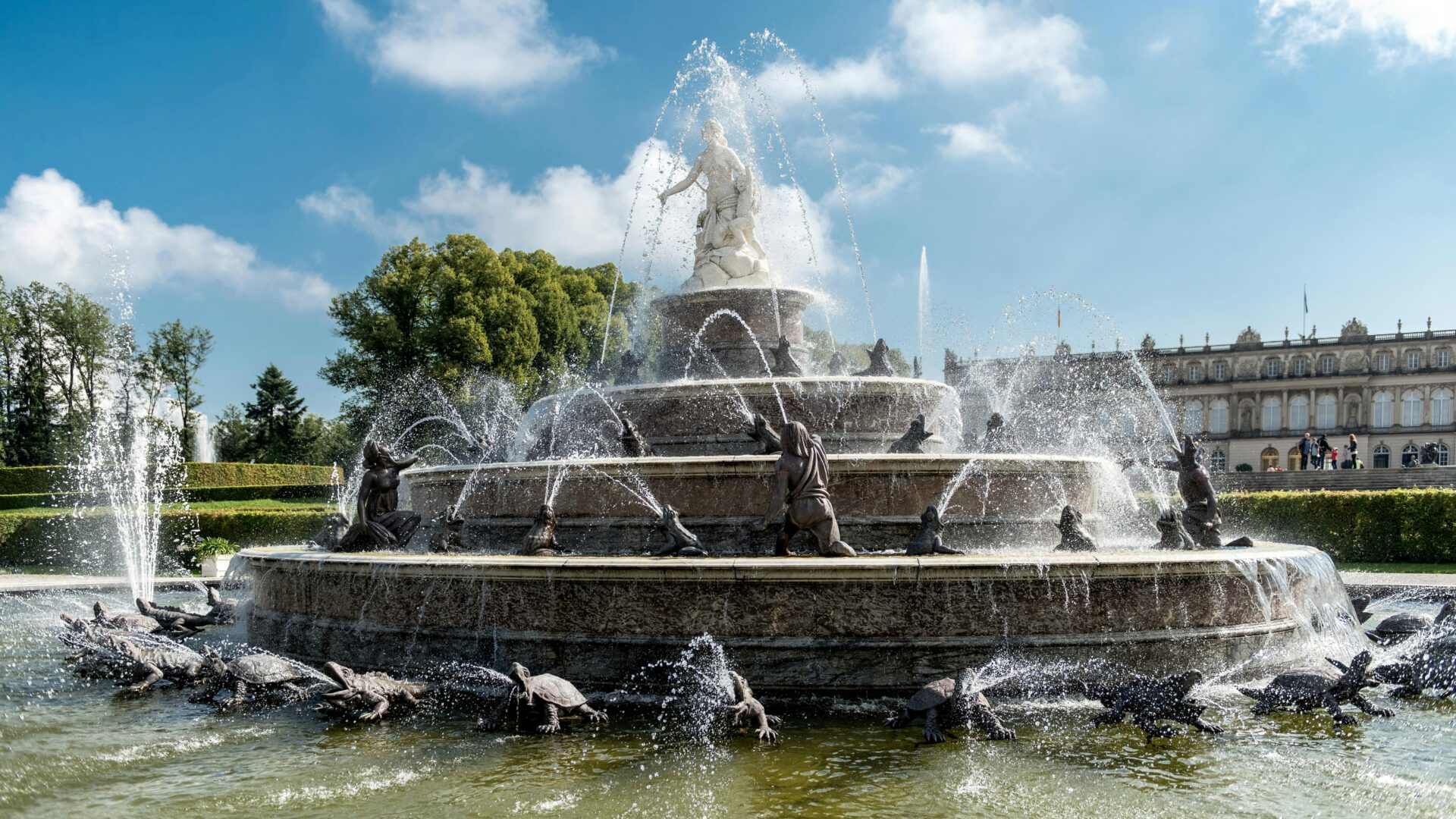
Construction and Legacy
They started building Herrenchiemsee in 1878. Working on an island made things tricky—materials and workers crossed the lake every day. Planning dragged on for years, with more than a dozen blueprints before Ludwig picked a final design.
Ludwig II died in 1886, just eight years after construction began. Huge parts of the palace stayed unfinished or were later removed. Still, the rooms that exist today show off stunning craftsmanship—gold leaf ceilings, marble staircases, and more.
You can walk through these finished sections now. The Hall of Mirrors is jaw-dropping, honestly giving Versailles a run for its money. The contrast between Ludwig’s wild dream and the empty, unfinished sections stuck with me—a mix of ambition, art, and a bit of heartbreak all in one magical spot.
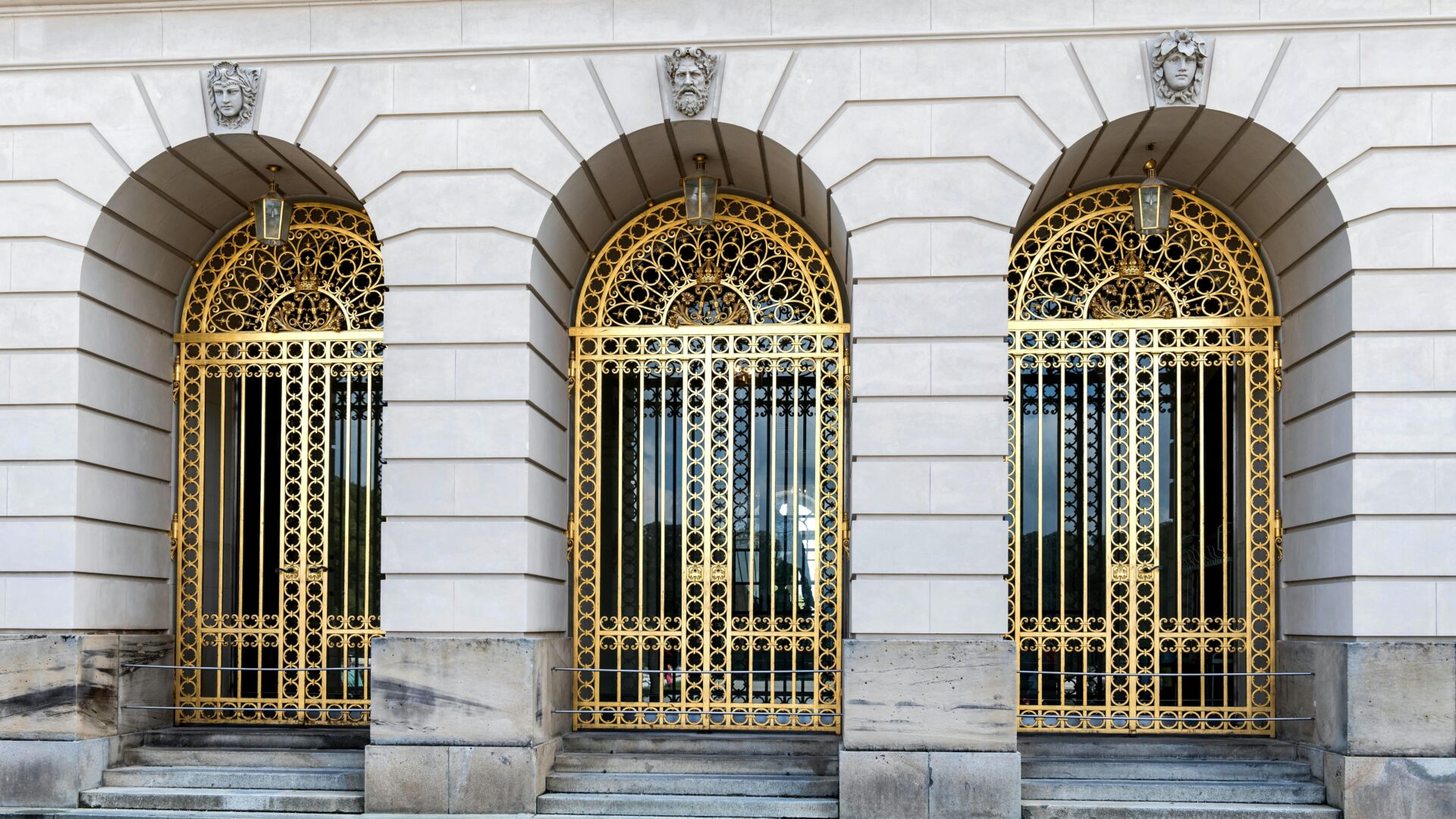
Planning Your Visit to Herrenchiemsee
Visiting Herrenchiemsee New Palace is more than just a history lesson; it’s a full-on experience with gorgeous scenery and a few travel quirks. Figuring out how to get there, when to go, and what to see can really shape your day.
How to Get There: Ferries, Trains, and Day Trips
Getting to Herrenchiemsee starts with Lake Chiemsee, Bavaria’s biggest lake. I came from Munich, which took about an hour by train to Prien am Chiemsee. Trains run often, and the Prien station is just a short stroll to the ferry.
Ferries from Prien or Gstadt cross to Herreninsel (“Men’s Island”), where the palace waits. The boat ride is honestly a treat, with wide-open views of the lake and mountains. If you’re coming from Salzburg, it’s also just over an hour by train to Prien, then hop on the ferry.
Quick Transport Tips:
- Train: Munich or Salzburg → Prien am Chiemsee
- Ferry: Prien or Gstadt → Herreninsel (just buy tickets at the dock)
- Car: Parking is right by the ferry in Prien and Gstadt
Most people mix train and ferry, but you’ll need separate tickets. I found it helpful to check train, ferry, and palace tour times before I went—it kept things smooth.
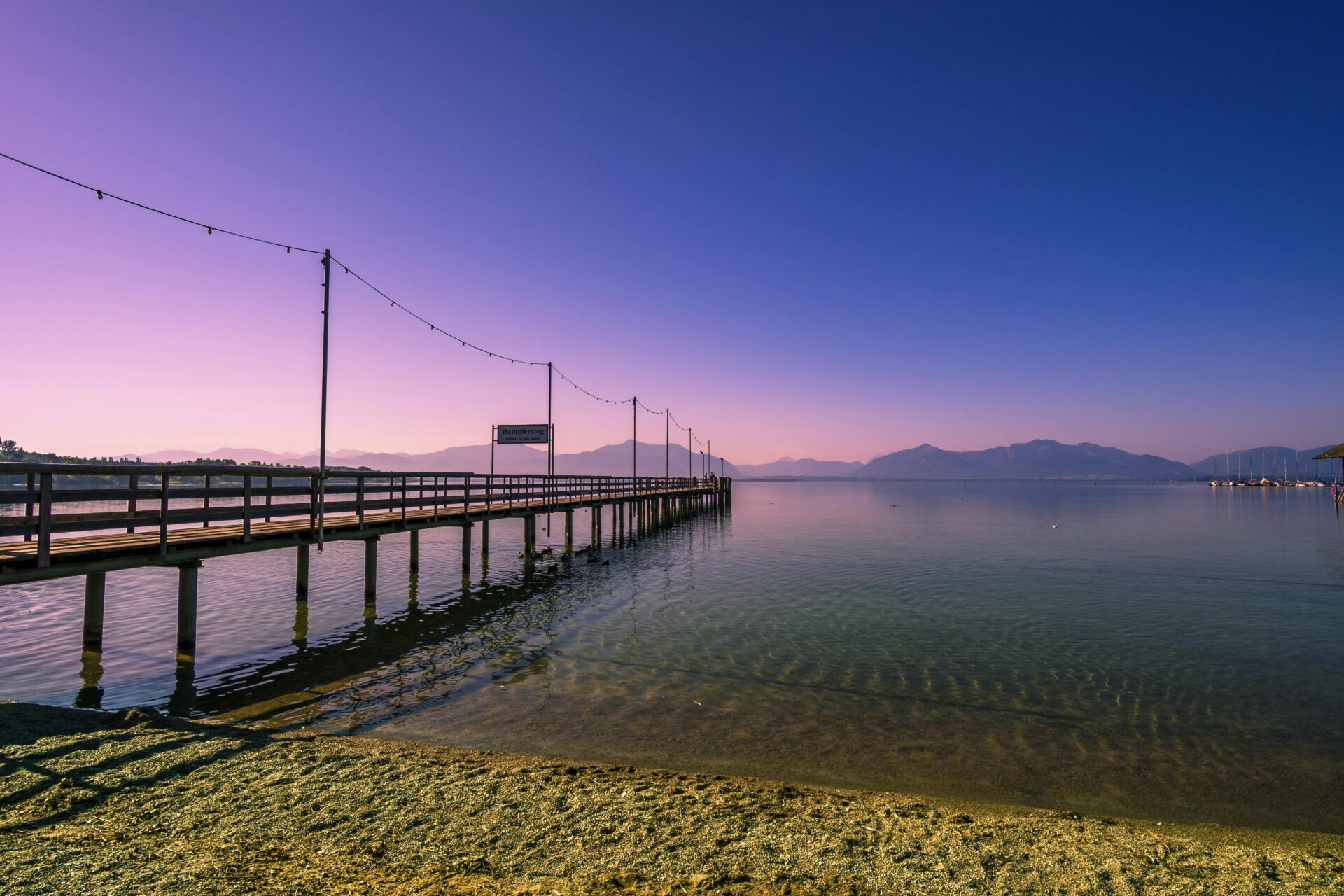
Tickets, Guided Tours, and Access Tips
You buy tickets for Herrenchiemsee at the Herreninsel landing, right after the ferry. There are different ticket combos—New Palace, King Ludwig II Museum, and the Augustinian Monastery museum. Combo tickets save a bit if you want to see more.
Guided tours are the only way into the palace’s state rooms. Tours run often, but they fill up quickly in summer. I grabbed my ticket as soon as I landed, which saved me from waiting around. You can explore the museums outside the main palace rooms on your own.
Ticket Prices (2025):
| Type | Price (€) |
|---|---|
| New Palace + King Ludwig II Museum | 10 |
| Only King Ludwig II Museum | 5 |
| Only Augustinian Monastery | 6 |
| Combination Ticket | 11-15 (varies) |
Reduced rates usually exist for students, kids, and families.
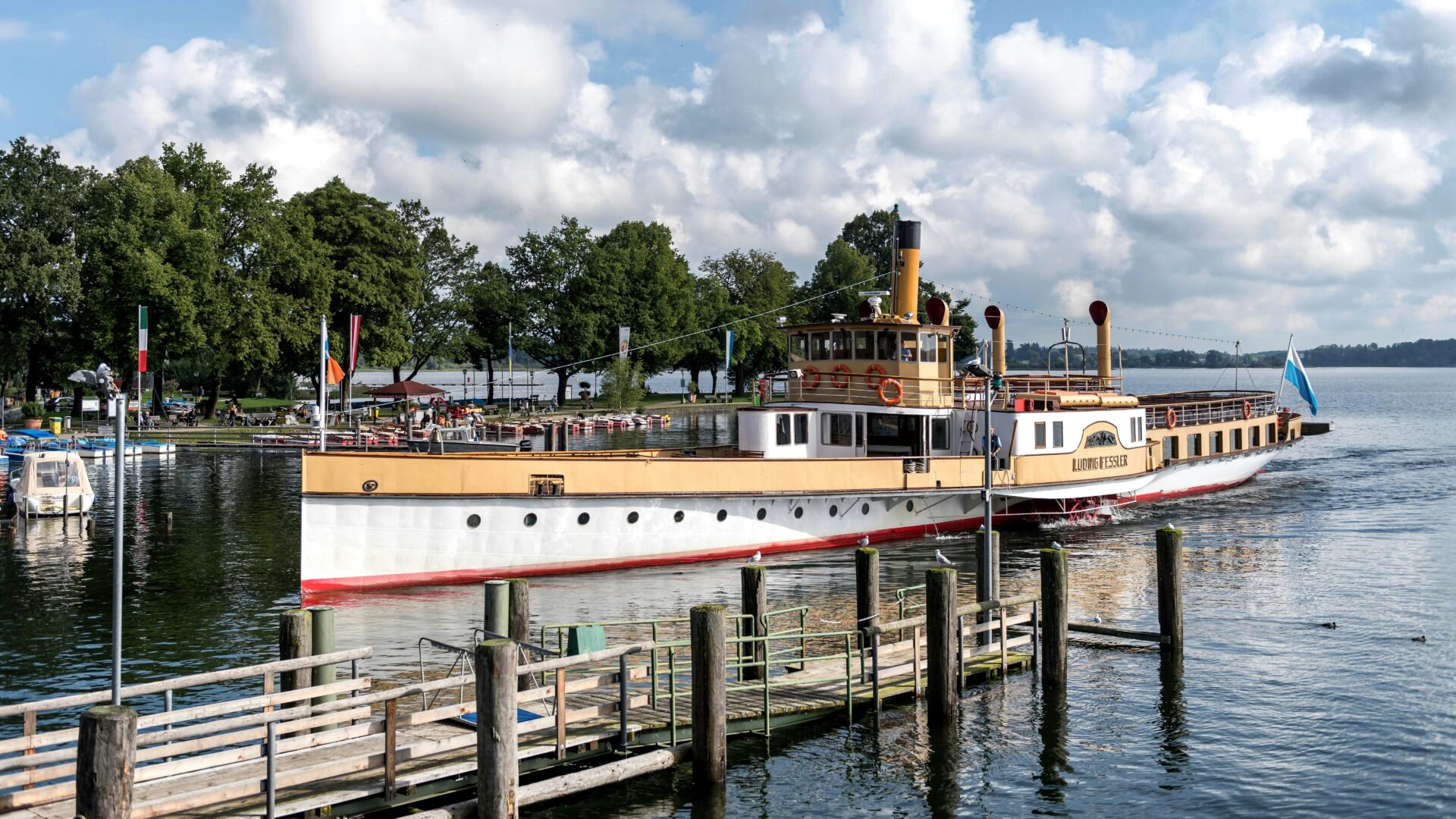
Seasonal Highlights and Events
Herreninsel changes with the seasons. Summer is perfect for picnics, wandering the gardens, and even catching a ferry to Fraueninsel, the other big island. I visited in late spring, and flowers covered the lawns near the palace—great for photos.
From July 17th to 27th, 2025, the Herrenchiemsee Festival brings classical music to the palace. During the festival, the last guided tour is at 4:30 pm, which is handy if you want to mix music and sightseeing.
In winter, the palace and ferry run less often, and the island feels almost empty. Check the official website for opening hours and special events, since they shift with the seasons or private functions.
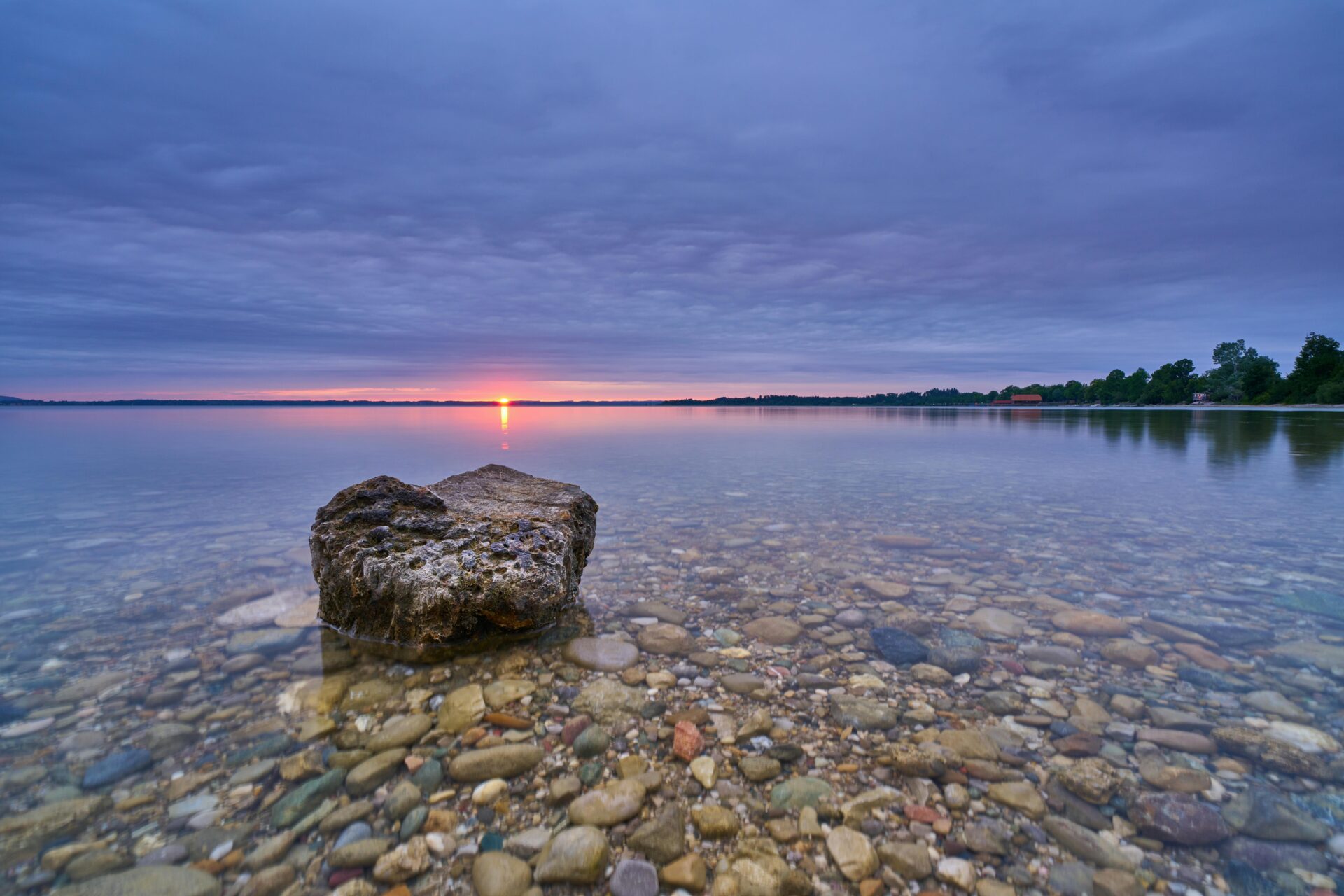
Exploring Herreninsel: The Island Setting
Arriving at Lake Chiemsee really felt like leaving the city behind. Herreninsel, the biggest island, is more than just a palace—it’s packed with greenery, quiet trails, and wide-open views that stick in your memory.
Herreninsel’s Natural Beauty and Walking Trails
When I got off the boat, tall trees and fresh lake air hit me right away. The island’s walking trails are wide and easy, great for a slow stroll or a longer walk.
Maps at the dock show a bunch of routes. I picked one lined with old oak and beech trees, catching glimpses of the lake through the leaves. Benches pop up along the way, so you can pause and listen to birds.
Meadows full of wildflowers and, on clear days, the Alps in the distance—those were highlights. Signs along the trails point out the old Augustinian Monastery and the palace gardens. The island’s quiet surprised me; just leaves and water, nothing else.
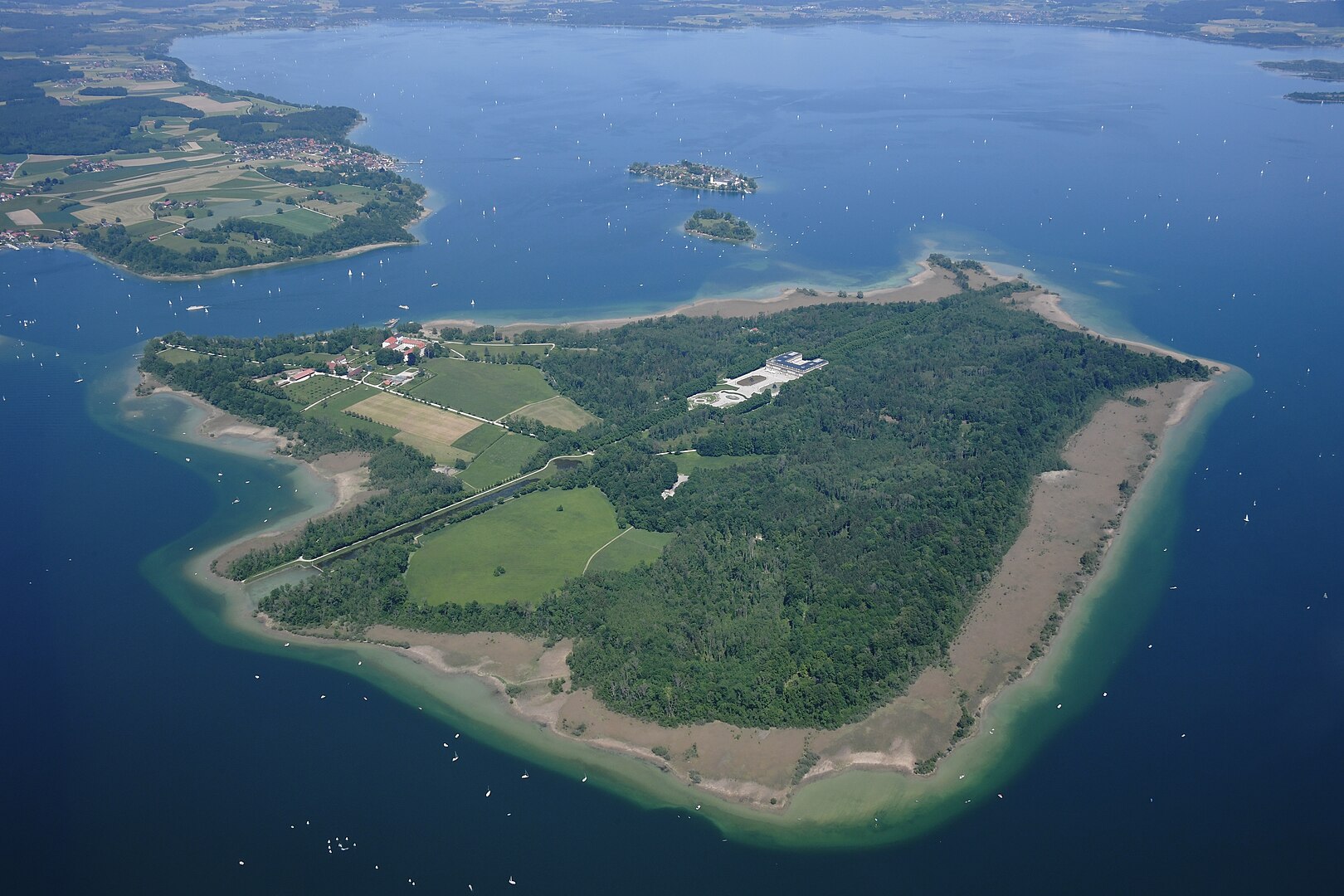
Fraueninsel and Nearby Attractions
Fraueninsel, just a short ferry ride away, is the second largest island. It’s got its own vibe—tiny village, gardens bursting with flowers, and a Benedictine convent that’s been there for over a thousand years.
Wandering Fraueninsel’s narrow lanes, I passed Bavarian houses and cafés serving fresh lake fish. Most travelers see both islands in one trip since the ferry makes it easy.
Other spots near Herreninsel include the Old Palace (Altes Schloss) and the King Ludwig II Museum. Both are worth a peek if you want more royal history. If you’d rather just relax, the islands’ shorelines and green lawns are perfect for a picnic or a quiet moment.
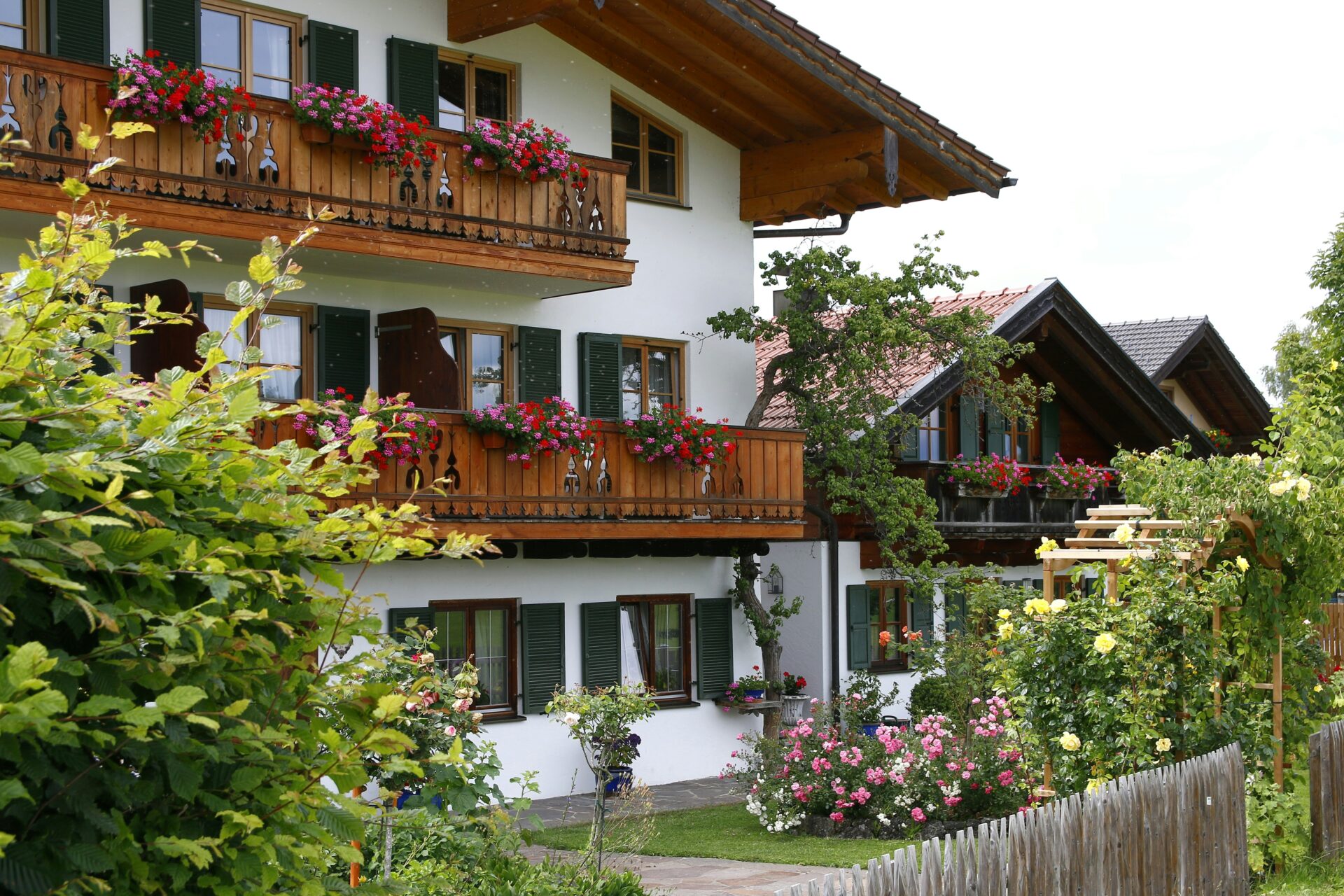
Highlights of Herrenchiemsee New Palace
Grand halls shine with gold, elegant rooms show off royal taste, and the gardens are a peaceful escape. Visiting this palace let me step right into King Ludwig II’s dream of bringing a slice of Versailles to Bavaria.
The Magnificent Hall of Mirrors
When I entered the Hall of Mirrors at Herrenchiemsee, I almost felt like I’d landed in France. This stunning gallery, inspired by Versailles’ Hall of Mirrors, stretches nearly 98 meters.
Crystal chandeliers hang overhead, and sunlight streams through tall windows, bouncing off the gold details. Mirrors line the walls, making the space feel endless and full of light. I stood by the windows, taking in views of the gardens and imagining royal parties and balls.
Key features:
- Length: About 98 meters (just like Versailles)
- Gold and stucco details catch the light
- Dozens of crystal chandeliers sparkle overhead
Standing here, I really understood Ludwig II’s obsession with detail.
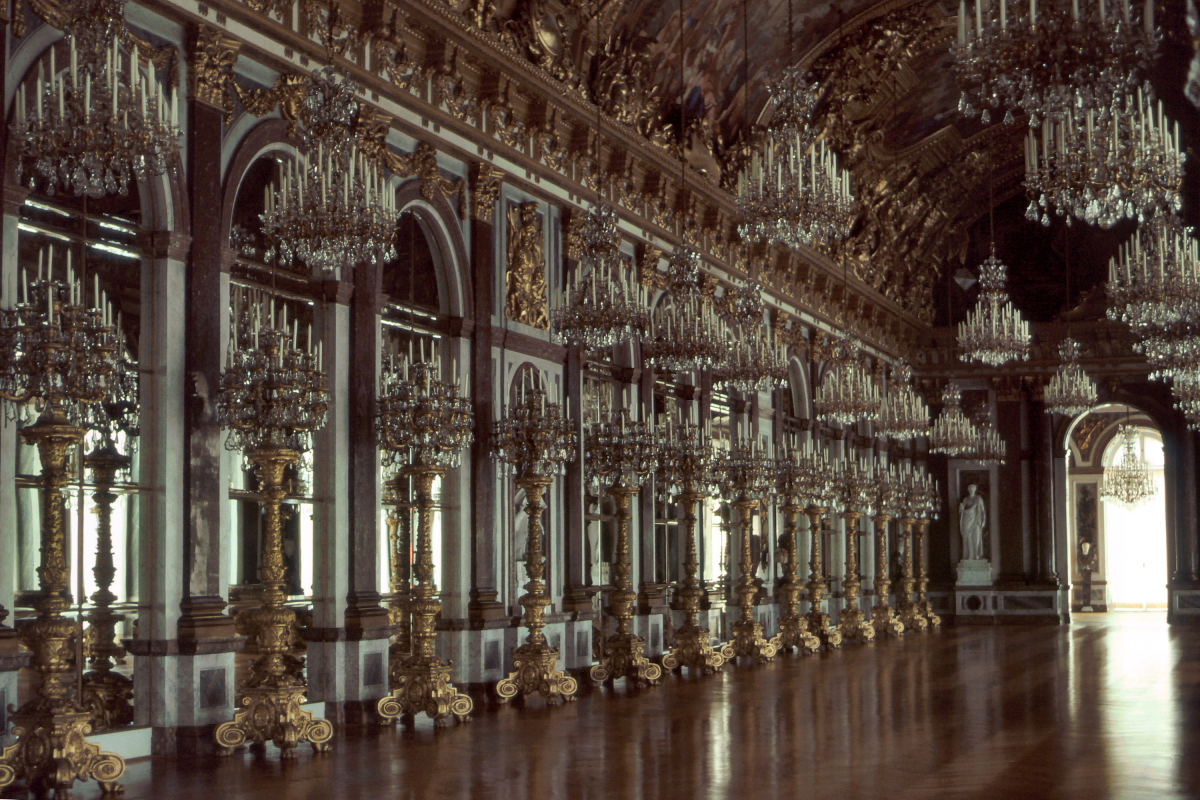
Sumptuous State Rooms and Interiors
The state rooms felt straight out of a fairy tale. Each one had its own surprise—silk wall coverings, fancy wood floors, and more. Many rooms were never even used; Ludwig built them just to show off what he loved.
The State Bedroom stands out, with rich fabrics and a canopied bed in blue and gold. In the Dining Room, a mechanical table (“tischlein-deck-dich”) could rise up from the kitchen below, so the king didn’t have to see servants. Ceilings are covered in painted myths or gold leaf.
What caught my eye:
- Lush tapestries and painted ceilings
- Furniture made by Bavarian craftsmen
- Gorgeous, unused rooms that show the king’s wild vision
Even the empty rooms ooze comfort and beauty. Ludwig really chased perfection.
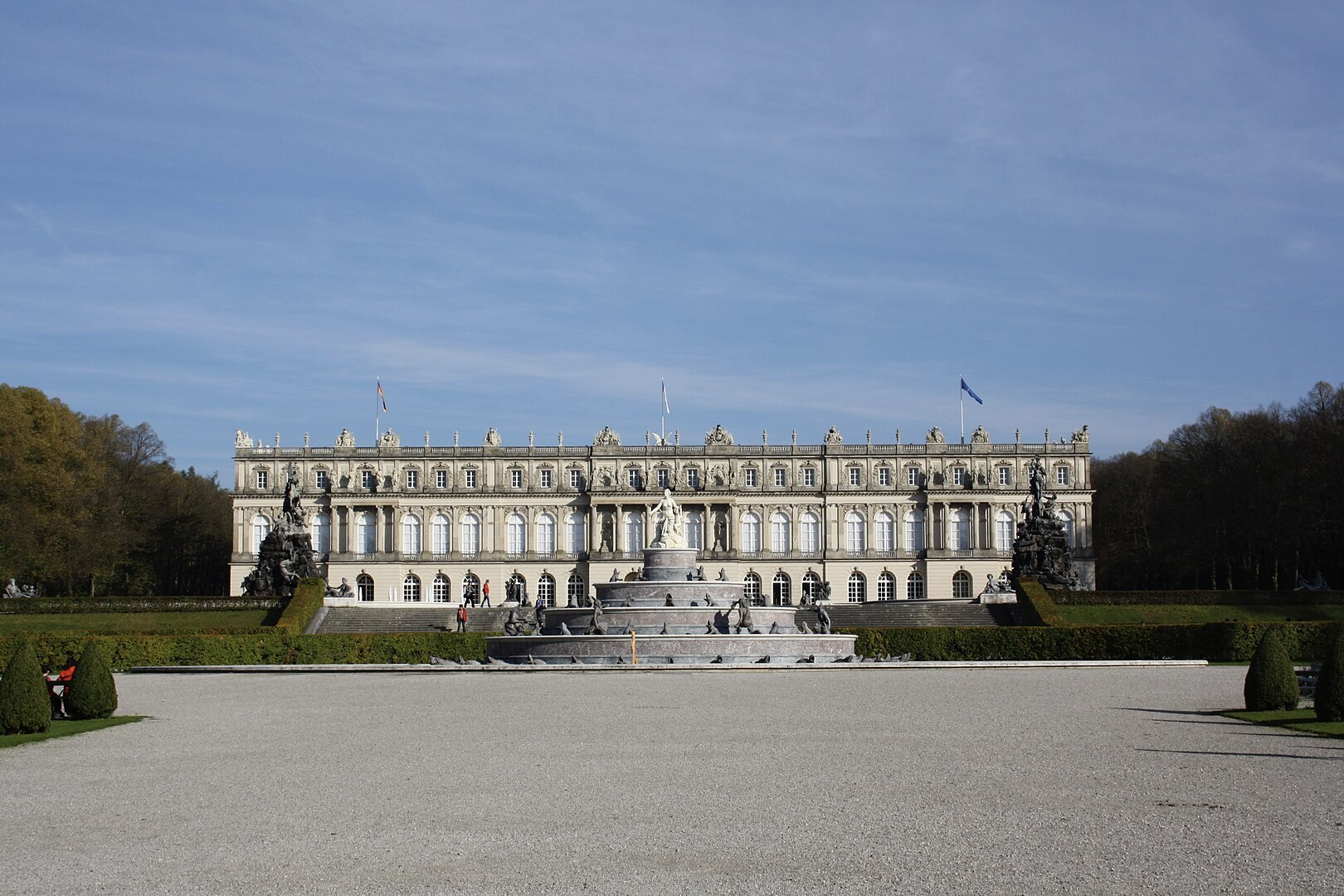
Lush Gardens and Fountains
Outside, the gardens’ symmetry jumped out at me—classic French style. Broad paths run past trimmed hedges and rows of trees, all leading to the fountains.
The Latona Fountain is the star, with water spraying around statues from myth. Fountains are timed for little shows. Statues of gods and creatures dot the lawns, adding to the fairy-tale feeling. On sunny days, reflections and water spray shimmer together.
What I loved:
- Latona Fountain and its detailed sculptures
- Manicured lawns and tidy flower beds
- Peaceful lakeside views, making the island feel extra special
The gardens are a real highlight—perfect for slow walks, photos, or just soaking in the atmosphere.
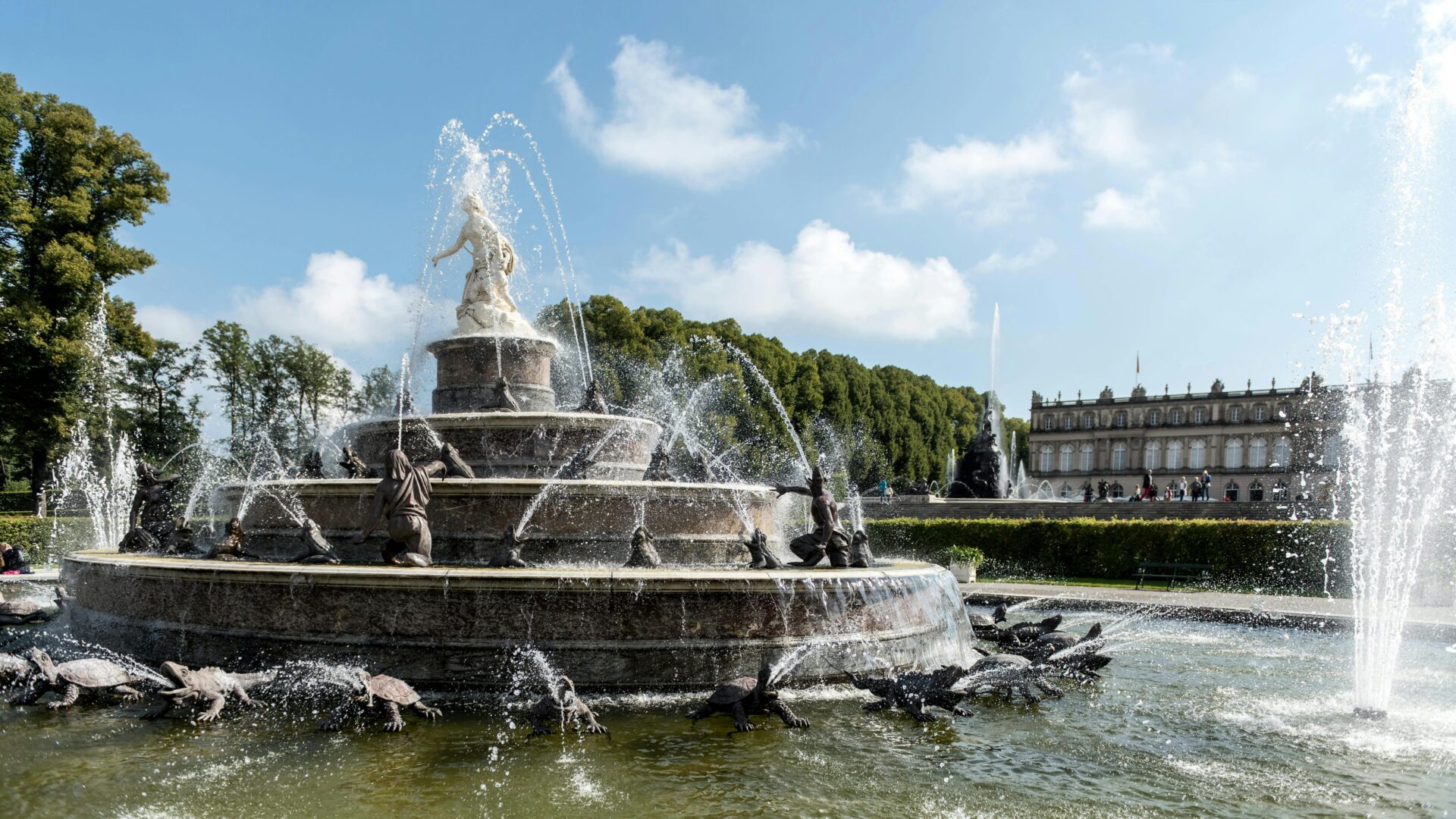
Must-See Museums and Historic Sites
Herrenchiemsee New Palace is more than just fancy rooms and gardens. The island is packed with museums and historic spots, full of stories, treasures, and art from King Ludwig II’s life and Bavarian history.
King Ludwig II Museum
You’ll find the King Ludwig II Museum tucked inside the New Palace, and honestly, it’s a must if you’re into royal history. I couldn’t believe how many of Ludwig II’s personal things were there—his clothes, letters, even his furniture.
Seeing all those displays, I started to get a feel for his quirky personality and why people call him the “fairy tale king.”
The museum really dives into Ludwig II’s passion for art and architecture. You’ll spot models, sketches, and paintings from his other famous castles like Neuschwanstein.
Since the museum closes at 4 pm, I made sure to visit early. A few things stood out for me, like the rare portraits and the king’s incredibly ornate desk.
Walking through those rooms, I felt like I’d stepped right into Bavaria’s royal past.
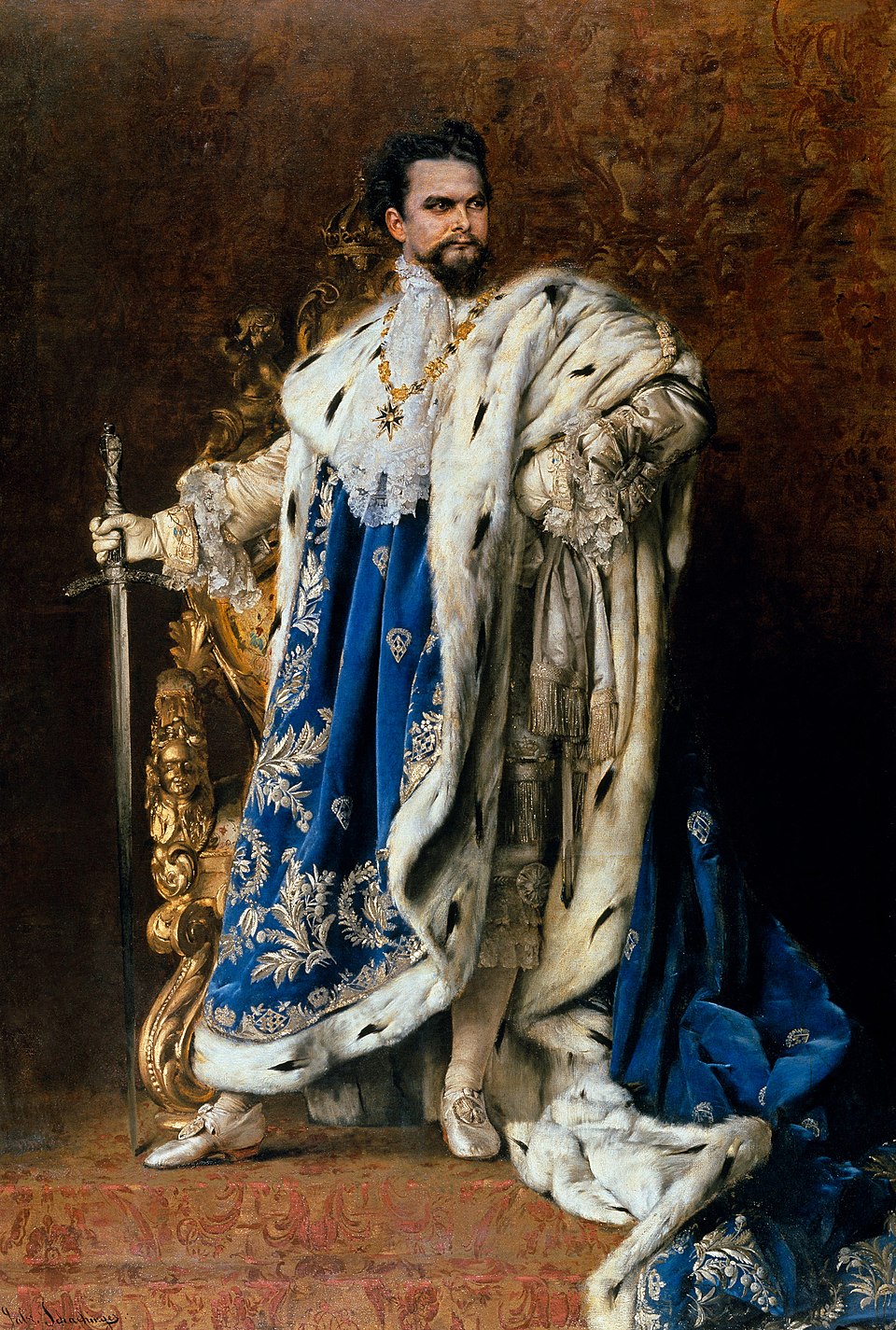
The Augustinian Monastery
The Augustinian Monastery is actually the oldest building on Herreninsel, and it’s got this peaceful vibe. It started out as a home for Augustinian monks, but now it holds several museum exhibitions.
I loved wandering those wide halls and quiet courtyards—they felt a world away from the nearby palace’s luxury.
Inside, I checked out exhibitions on the monastery’s history, the island’s culture, and even the big meeting where they drafted the German constitution in 1948. There’s religious art, antique books, and some really beautiful frescoes.
The museums here open regularly, so it’s a great spot to slow down and soak up a quieter side of Herrenchiemsee’s story.
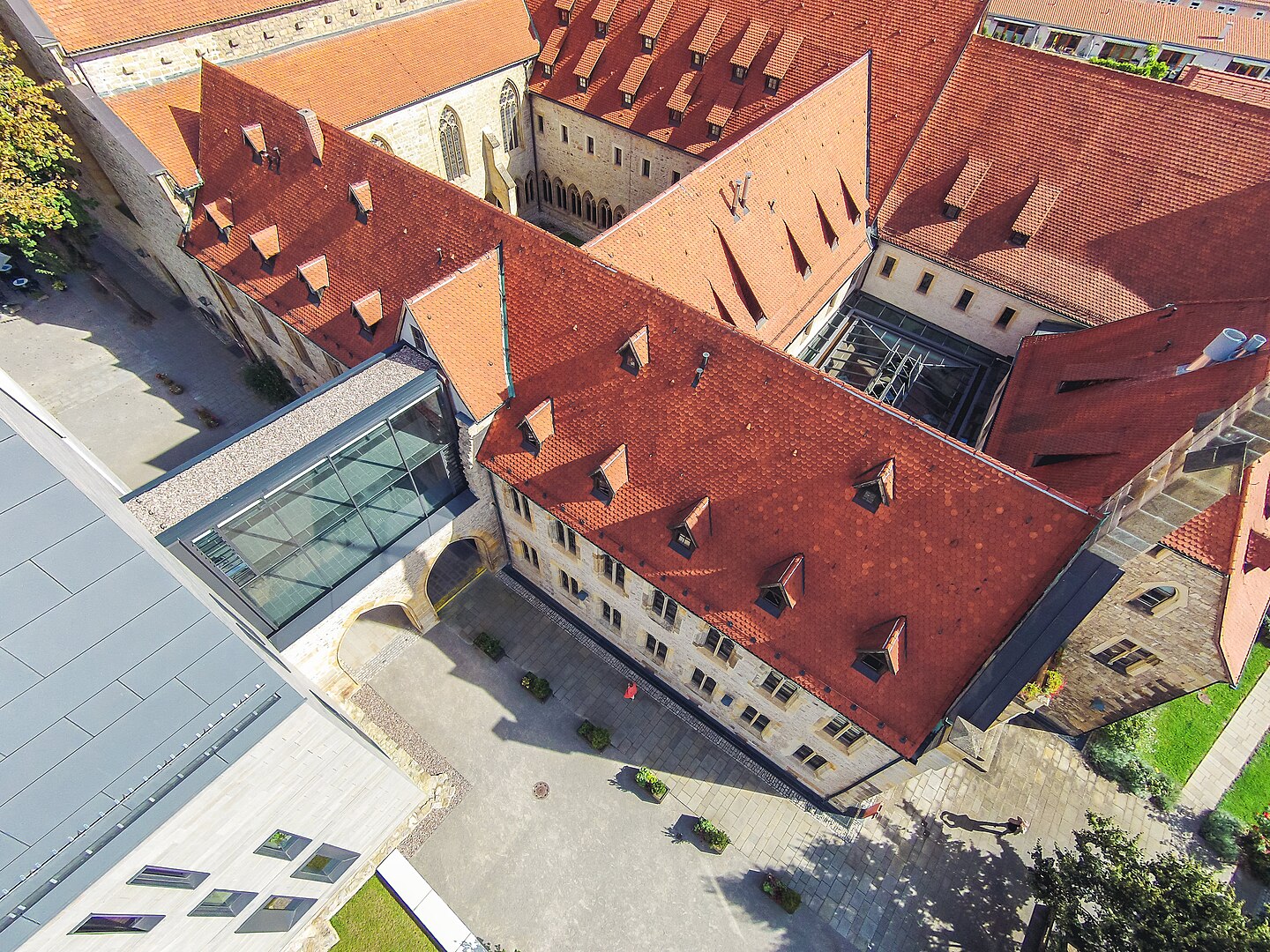
Personal Travel Insights and Practical Tips
There’s just nothing like approaching Herrenchiemsee New Palace by boat, watching the island slowly come into view. Visiting is more than just those grand halls—how you plan your trip really shapes the whole experience.
Best Times to Visit and What to Pack
In my experience, early summer mornings or late afternoons make for the best visit, especially in June or September. These times help you avoid crowds and dodge the midday heat, which can get pretty intense.
Winters stay quiet, but lots of amenities close up, and the gardens lose their color.
Definitely bring sturdy walking shoes—the walk from the dock to the palace and around the gardens can feel long, and the paths aren’t always smooth. I tossed a light rain jacket in my bag because the weather near the lake changes fast.
Don’t forget sunscreen and a hat if it’s sunny. For families, a small backpack with snacks and water makes life easier since food options are pretty limited once you’re inside the grounds.
You can refill a reusable water bottle at stations near the palace or café. I always check the ferry schedule ahead of time because it can shift with the seasons or if the weather’s bad.
It’s smart to carry a little cash, since not all the small shops or food stands take cards.
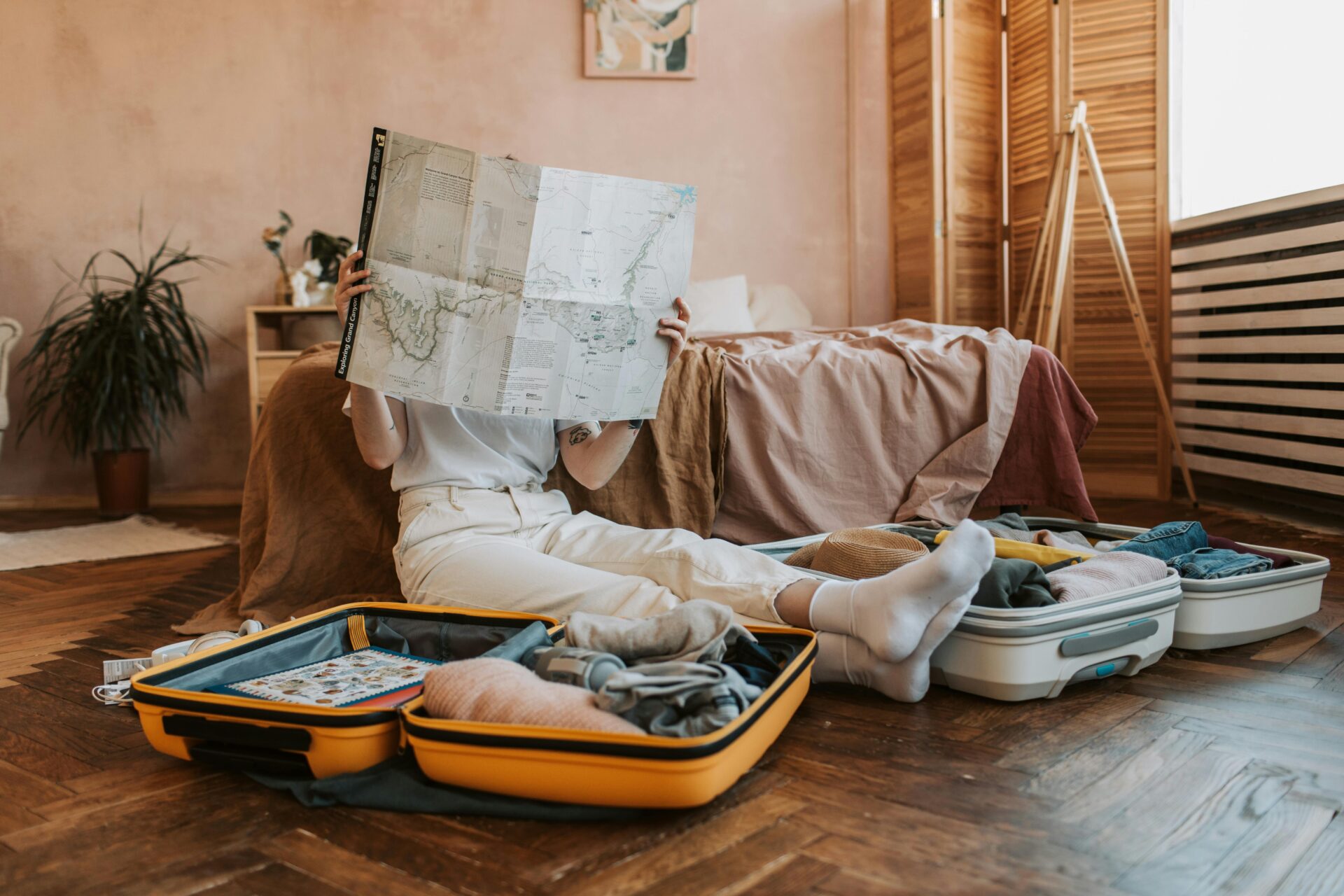
Photography and Video Opportunities
There’s something magical about that first glimpse of Herrenchiemsee’s glittering halls. I made sure my camera battery was charged—flash photography isn’t allowed inside, but you can take photos (without flash) in a lot of spots.
Videos usually aren’t allowed inside the main rooms, so I focused on snapping details in the gardens and outside.
Some of my favorite shots came from the fountains and the dramatic front steps. I loved catching the palace’s reflection in the water features, especially in the early morning.
A smartphone works fine, but a small camera with a wide-angle lens really helps capture the Hall of Mirrors and the park.
Inside, a tripod just isn’t practical because of the crowds and the rules, but you can use one outside in the gardens. Just be considerate—everyone wants their own memories.
The boat ride over gives you some great panoramic shots of Bavaria’s landscape, so I kept my camera handy from the start.
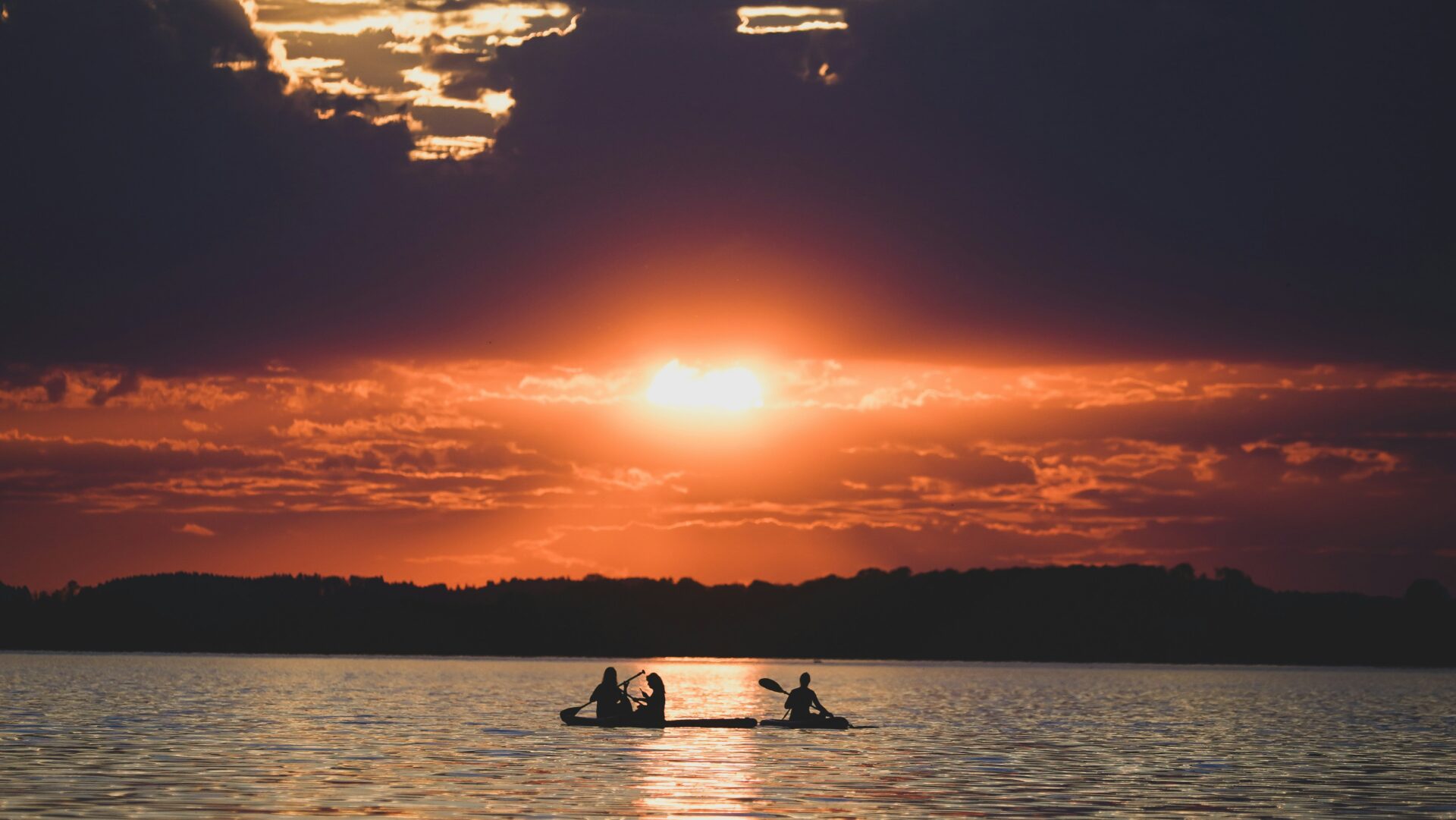
Local Food, Souvenirs, and Amenities
Right near the dock, there’s a cozy lakeside café where I grabbed Bavarian classics—pretzels, sausages, apple strudel. The menu’s nothing fancy, but it hits the spot.
It’s a good place to recharge before heading to the palace or while you wait for the next ferry.
Souvenir stands sell books, postcards, and little things celebrating King Ludwig II and the palace’s Versailles-inspired style. I picked up a small model of the palace and a few postcards of the grand Hall of Mirrors.
You’ll find restrooms near the dock and inside the visitor center. There’s an accessible path up to the palace, but some of the grounds have gravel, which might be tricky for wheelchairs.
Lockers are available for backpacks, since you have to leave those behind before entering the main rooms.
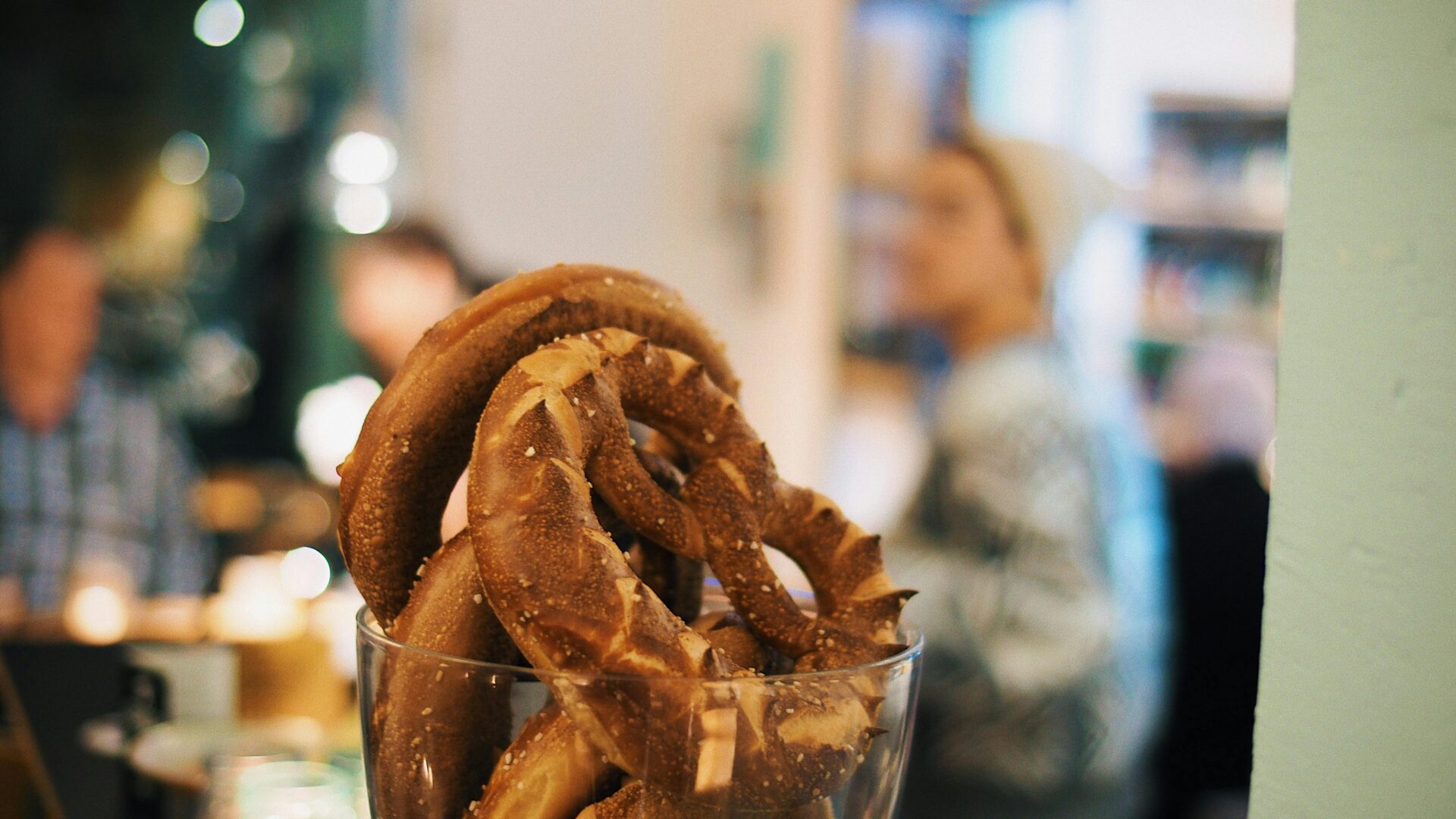
Connections to Richard Wagner and Bavarian Culture
I’ve always found King Ludwig II’s obsession with Richard Wagner kind of mesmerizing. Walking through Herrenchiemsee, I kept spotting little details—bits of decoration, subtle nods to opera—that really hint at their bond.
Ludwig wanted to see himself as a romantic figure. He championed Wagner’s music and let it color the culture of Bavaria.
Wagner didn’t actually stay at Herrenchiemsee, unlike Neuschwanstein. Still, you can see Ludwig’s admiration everywhere, especially in the palace’s dramatic flourishes and the stories guides love to share.
Honestly, listening to Wagner’s music while wandering those gardens changed how I see the place. It’s wild how art and royalty mixed so deeply in this corner of Bavaria.
If you’re curious, check out the audio guides or look for special exhibits—they sometimes go into Ludwig’s support of Wagner and how that rippled through European culture. It’s just another reason this palace stands out.
It’s not just some Versailles replica. Herrenchiemsee feels like a place shaped by wild passion for music, art, and good old Bavarian tradition.

